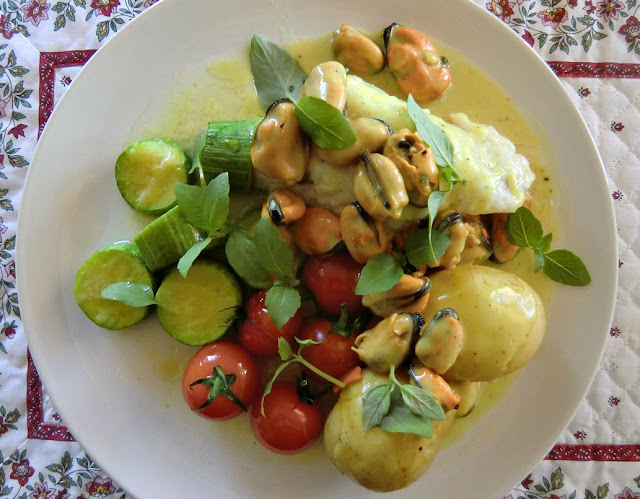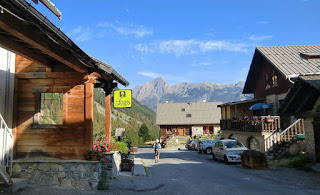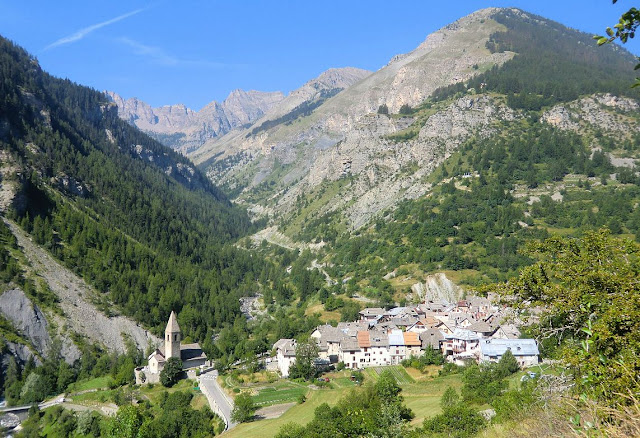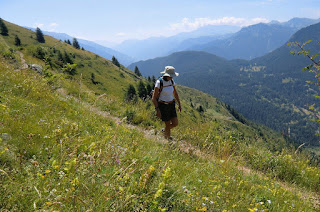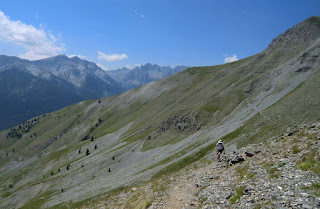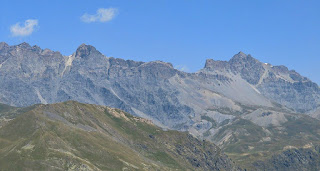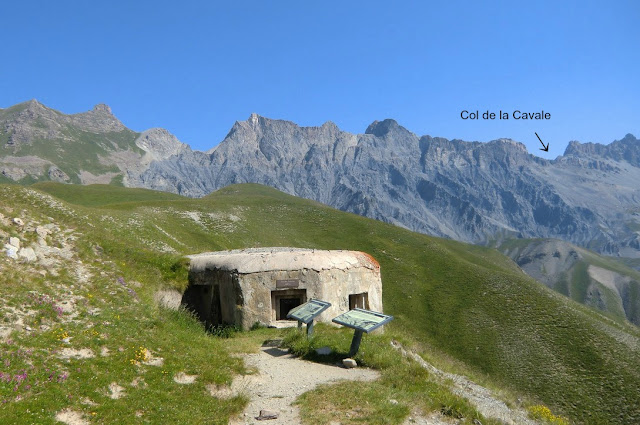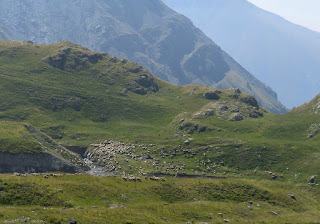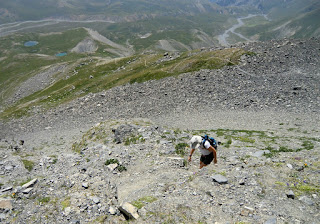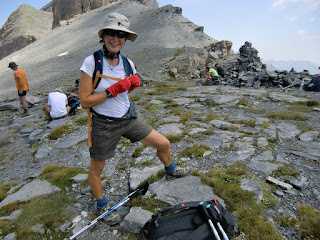Quinoa tabbouleh with apricots and chicken skewers
If you have dined at a Lebanese restaurant you will instantly recognise the Eastern Mediterranean flavours in the following recipe: olive oil, lemon juice, parsley, mint and black pepper.
Traditionally tabbouleh is made from bulgur, which is cracked wheat. This version is made from quinoa, a gluten free grain. This tabbouleh is very green - the way it is made in Lebanese restaurants.
The mild flavour of chicken goes well with the sweetness of fresh apricots. Instead of apricots you could use fresh figs when they are in season.
2 servings
120 ml quinoa
500 ml vegetable stock
2 skinless chicken breasts from free-range chicken, poulet fermier
4 fresh apricots or figs
1 lemon
5 tbsp olive oil
Freshly ground black pepper
A small bunch of fresh mint
A small bunch of fresh parsley
1 tsp ground coriander
Cut the chicken breasts into fairly large cubes and place them in a deep plate. Press half of the lemon over the chicken. Sprinkle over 2 tbsp olive oil and 1 tsp ground coriander. Grind over some black pepper. Turn the chicken cubes until well coated with the marinade, cover with foil and place in the fridge for about 30 minutes.
Meanwhile cook the quinoa in vegetable stock for 20 minutes. Cover for a few minutes and let stand until all the liquid has evaporated. Transfer the quinoa into a large salad bowl.
Wash and dry the parsley and mint. Cut the herb leaves finely, transfer to the salad bowl and mix well with the quinoa. Press the remaining half of the lemon over the herbs and quinoa and add 3 tbsp olive oil into the bowl. Mix well and keep in the fridge until ready to serve.
Wash and dry the apricots. Cut them into halves and remove the stones. Take the chicken cubes from the fridge and dry with kitchen paper.
Warm a grill pan over medium-high heat and thread the chicken cubes and apricot halves on skewers. Grill the skewers on all sides turning regularly until the chicken is done. This will take about 20 minutes.
Divide the tabbouleh and skewers on the plates and serve.


















